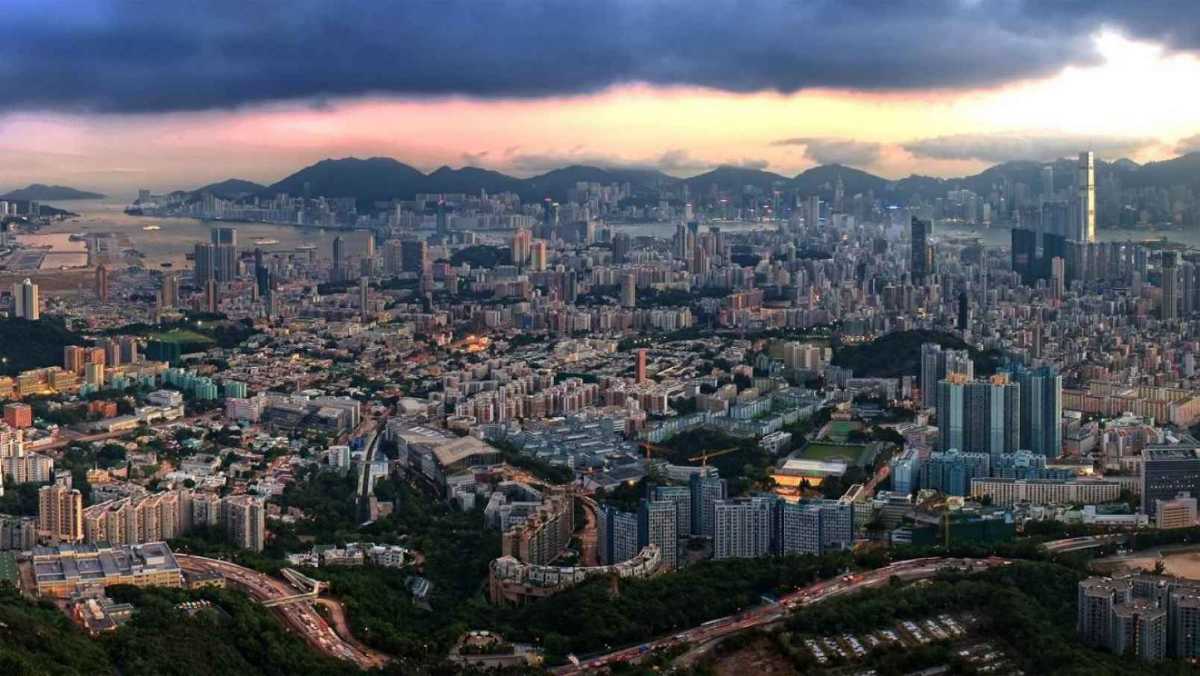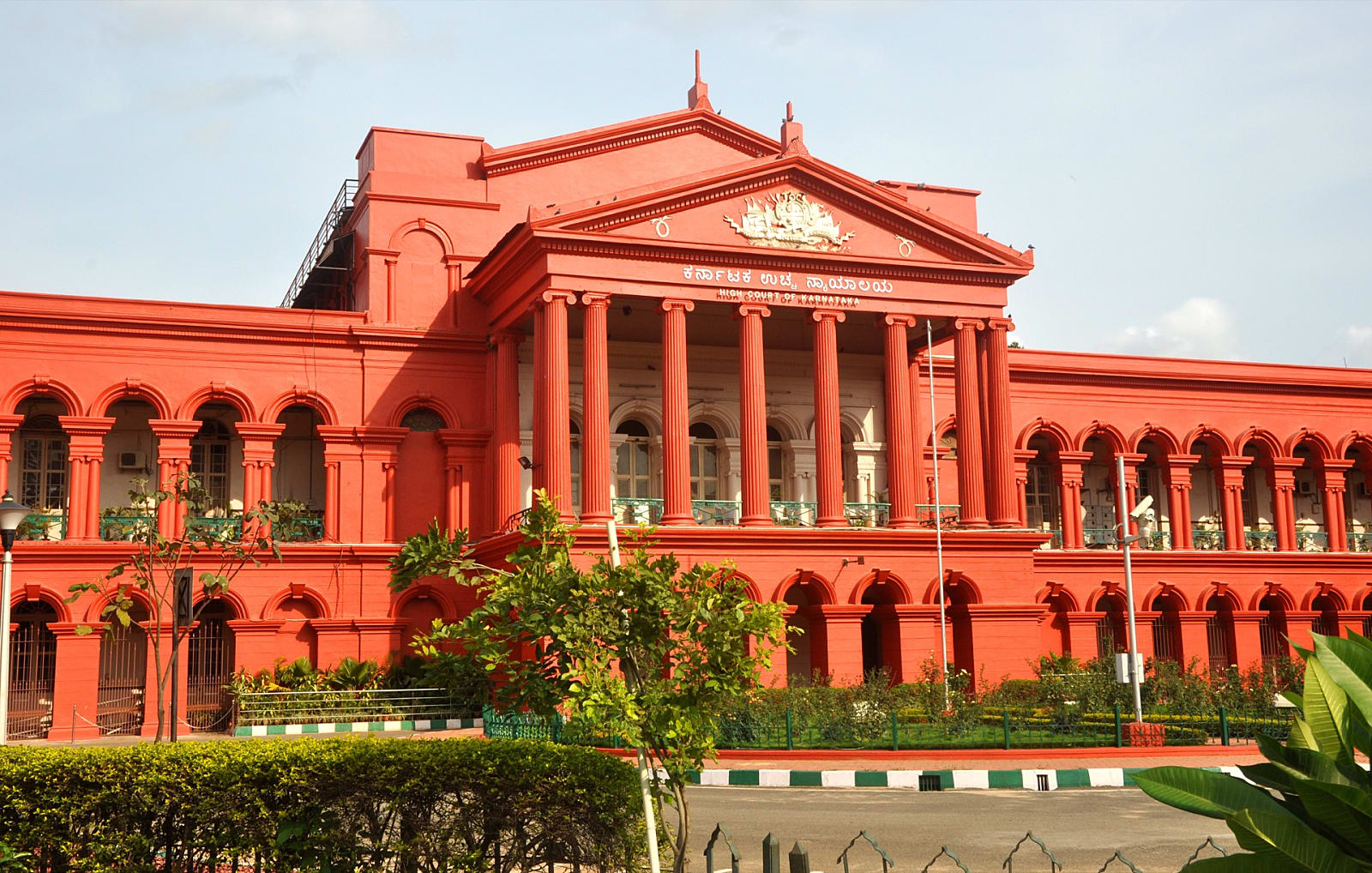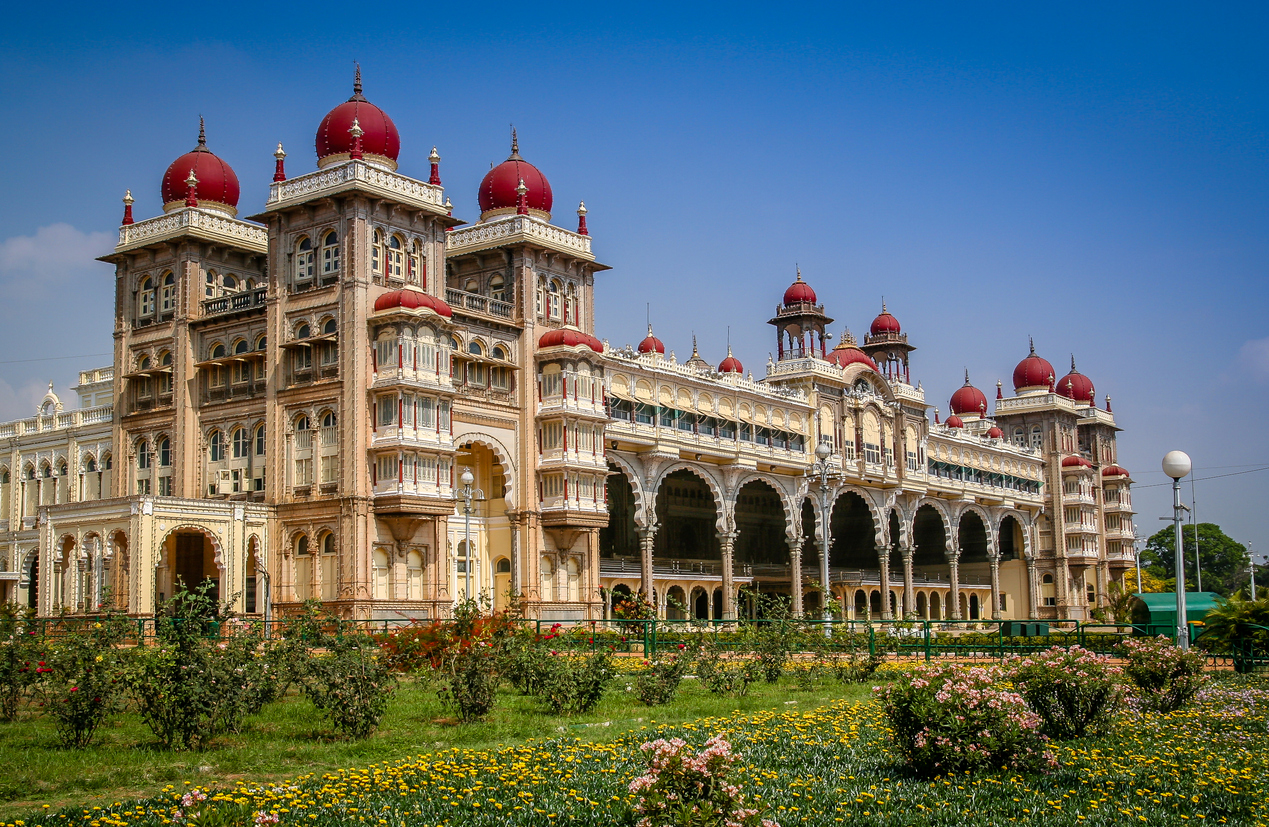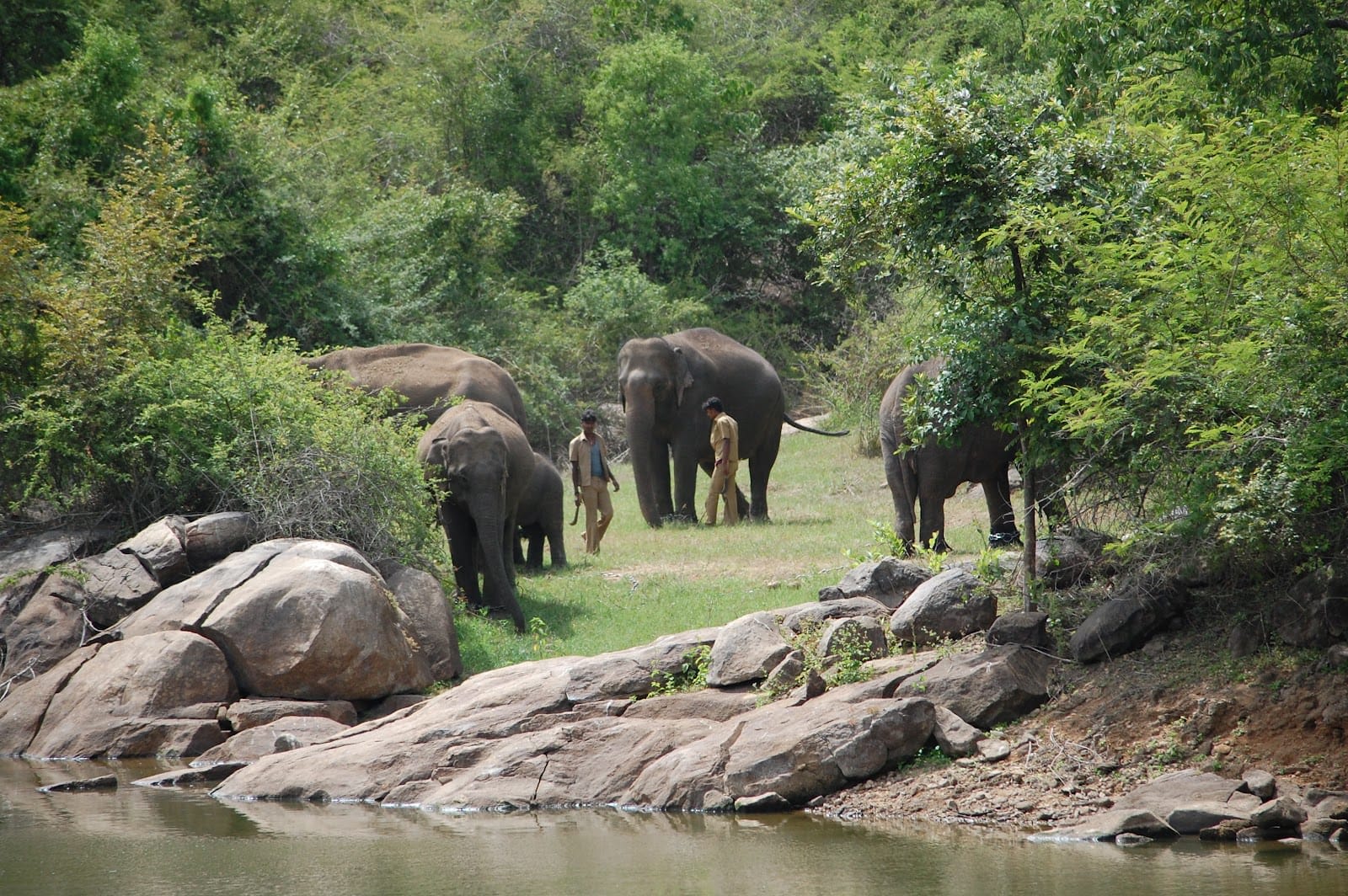 Beautiful Bengaluru, the capital of Karnataka is one of the prettiest and cleanest cities of India. It is popularly called the ‘Garden City and has earned several other epitaphs like an Air-conditioned City’, for its salubrious climate throughout the year; the “Silicon Valley’ of India, for its rapidly growing software market and the ‘City of Draught Beer, etc. The foundation of the present-day Bangalore was laid in 1537, by Kempe Gowda, a Magadi chieftain, owing allegiance to the king of Vijayanagar. The cantonment area of Bangalore was developed by the British in the early 19th century, after the fall of Tipu Sultan.
Beautiful Bengaluru, the capital of Karnataka is one of the prettiest and cleanest cities of India. It is popularly called the ‘Garden City and has earned several other epitaphs like an Air-conditioned City’, for its salubrious climate throughout the year; the “Silicon Valley’ of India, for its rapidly growing software market and the ‘City of Draught Beer, etc. The foundation of the present-day Bangalore was laid in 1537, by Kempe Gowda, a Magadi chieftain, owing allegiance to the king of Vijayanagar. The cantonment area of Bangalore was developed by the British in the early 19th century, after the fall of Tipu Sultan.
Vidhan Soudha: This majestic structure towering over the Cubbon Park, houses both the Secretariat and the State Legislature, as well as several other State government offices. The magnificent edifice built of granite in the neo Dravidian style of architecture is one of the most spectacular buildings of India. The four-storeyed building covering a total plinth area of over 5,00,000 sq. ft. was conceived and executed by Kengal Hanumanthaiah, the former Chief Minister of Karnataka in 1956. The structure is beautifully illuminated on Sunday evenings.
Attara Kacheri (High Court): The magnificent two-storeyed building housing the High Court of Karnataka was built in 1867. It lies in front of the Vidhan Soudha and was originally built to house the Secretariat.
 Lalbagh Botanical Gardens: The beautiful garden was laid out in 1760, by Haider Ali and later developed by his son Tipu Sultan. It sprawls over an area of 240 acres and is one of the most beautiful botanical parks of the country. In 1840, an excellent glasshouse was built resembling the famous Crystal Palace of London.
Lalbagh Botanical Gardens: The beautiful garden was laid out in 1760, by Haider Ali and later developed by his son Tipu Sultan. It sprawls over an area of 240 acres and is one of the most beautiful botanical parks of the country. In 1840, an excellent glasshouse was built resembling the famous Crystal Palace of London.
Cubbon Park & Museums: The park designed by Lt. Gen. Mark Cubbon, in 1864, covers an area of over 300 acres in the heart of the city. It is studded with some splendid sculptures and red Gothic buildings, which house the Public Library, the High Court, the Government Museum and the Technological & Industrial Museum. The Children’s Park inside the garden is exclusively for kids. The Jawahar Bal Bhavan here has a children’s center.
The Government Museum & Venkatappa Art Gallery: It was established in 1886, and is one of the oldest museums of India. The art gallery here has paintings and sculptures done by K. Venkatappa, a renowned artist from the royal court of Mysore.
Visweswaraiah Industrial & Technological Museum: This interesting museum is dedicated to Sir M. Visweswaraiah, the architect of modern Karnataka.
Shiva Statue & ISKCON Temple: The beautiful Hare Krishna shrine on the hillock is a fine blend of modern technology and spiritual harmony. It affords a fine view of the surroundings. A 65 ft. tall Shiva statue is one of the new attractions of the city.
The Fort: It was originally a mud-brick structure built by Kempegowda in 1537. Haider Ali and Tipu Sultan rebuilt the structure in the 18th century. Most of the fort was badly damaged during the wars with the British.
Tipu Sultan’s Palace: The construction of the palace was started by Haider Ali and completed þy his son, Tipu Sultan in 1791. The wooden building resembling the Daria Daulat Bagh at Srirangapatnam and houses a museum.

Maharajah’s Bangalore Palace: The magnificent granite palace built-in 1887, by the Wodeyar’s of Mysore resembles the famous Windsor Castle in England.
Karnataka Folk Art Museum: It displays a wide range of folk arts, costumes, toys, and extensive recorded music collection. Jawaharlal Nehru Planetarium: The modern planetarium was built in 1989. An attractive Musical Fountain with dancing waters is set opposite the planetarium.
Dodda Ganapathi Temple: It is one of the oldest temples of Bengaluru. There is a huge monolithic statue of Lord Ganapathi, which attracts a large number of devotees.
Sri Gavi Gangadhareswara Temple: The Shiva temple built by Kempe Gowda is famous for a unique event at sunrise on ‘Makar Sankranti’ (14th Jan.). The sun rays pass through an arch between the horns of the Nandi bull outside the temple and illuminate the idol of Lord Gavi Gangadareshwara inside the main shrine.
Dharamraja Temple (Nagarathpet): It enshrines fine images of Lord Krishna and Sri Dharamaraja Swami, the hero of epic Mahabharta. The sacred shrine is also associated with the famous Karaga festival celebrated in March/April.
Basavangudi or the Bull Temple: It was built by Kempegowda on the Bugle Hill in Dravidian style. A large monolith of Nandi, the celestial bull measuring 4.57 meters in height and 6.10 meters in length is breathtaking.
St. Mary’s Basilica: It was originally built in 1818, by Abbe Dubois and was transformed into a huge Gothic-style church by Rev. Kleiner in 1882.
Venkataramanaswamy Temple: This ancient temple near Tipu Sultan’s Palace was built by Maharaja Chikka Devaraya Wodiyar. It was destroyed during the third Mysore war and was restored by Maharaja Chikka Krishna Devaraya.
Ulsoor Lake: It is one of the eight lakes built by Kempe Gowda around Bangalore The1.5 sq. kms. has picturesque tiny islands and boating facilities are available.
Around Bengaluru
Whitefield (16 kms.)
It is famous for the ashram of world-renowned saint philosopher Sri Satya Sai Baba. The International Tech Park, one of the most modern and successful software tech parks in the country is also located here. This export-oriented software center has contributed immensely in making Bangalore the IT Capital’ or the ‘Silicon Valley of India.
 Bannerghatta National Park (22 kms.)
Bannerghatta National Park (22 kms.)
The beautiful park covers an area of 104 sq. kms. amidst thickly wooded hills. It is inhabited by bison, elephant, panther, wild boar., jackal, lion-tailed monkey, etc. There is also a lion and tiger safari, a crocodile and snake farm, and a mini zoo.
Hesaraghatta Lake (25 kms.)
The beautiful lake set amidst lush fertile landscape is famous for its boating and windsurfing facilities. The region teems with orchards, poultry, and sheep farms. An Indo – Danish dairy project has also been established here.
Devarayanadurga (71 kms.)
The beautiful hill resort is famous for Namada Chilume, a natural water spring, said to be created by Lord Rama. The Namada Chilume Sanctuary is about 10 kms. from Devarayanadurg amidst a thickly forested landscape.
Nandi Hills (60 kms.)
It was the summer resort of Tipu Sultan, who strengthened the existing fortifications on the hills in the 18th century. Later on, it became a favorite resort of the British. There are two ancient temples dedicated to Lord Shiva and Amrita Sarovar Lake.
Nrityagrama (28 kms.)
This unique experimental village is dedicated to the gurukul tradition of learning to revive the Indian classical dance and music. It is a winner of the rural architecture award. Vasantha Habba, the annual festival celebrated here attracts a large number of visitors.
Muthyala Maduvu (Pearl Valley) (40 kms.)
The scenic site is named after the small pool created by the waterfalls, which looks like a pond of pearl”. There is also a small temple over here.


